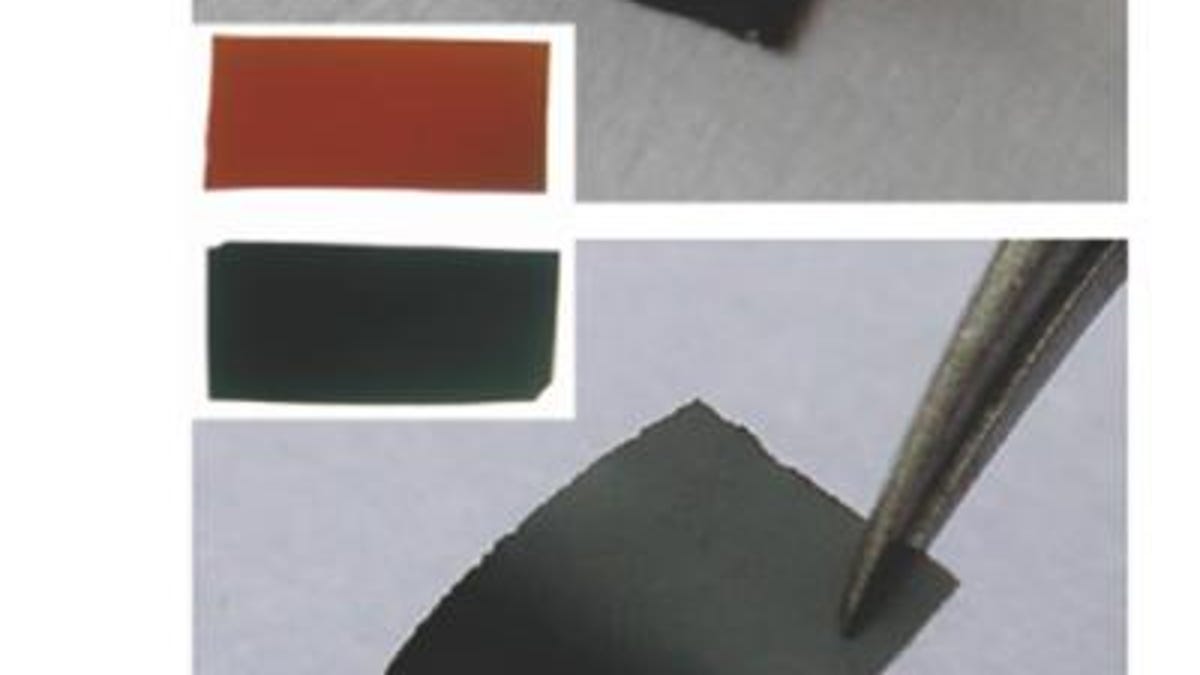Fighting foot funk one nanosheet at a time
Researchers in Shanghai have engineered super-thin sheets of graphene oxide paper that could be used as antibacterial material in shoes, bandages, and food packaging.

Researchers in Shanghai have engineered super-thin sheets of graphene oxide paper that could be used as antibacterial material in shoes, bandages, and food packaging.
That's right. We mortal humans have discovered a kind of material that actually fights disease-causing bacteria, thereby opening a door into an unknown world of freakishly fresh food and feet.
As Chunhai Fan, Qing Huang, and colleagues at the Shanghai Institute of Applied Physics explain in their report in the monthly journal ACS Nano, graphene is a material first discovered in 2004 by the Russian physicist Andre Geim (also responsible for the development of gecko tape). Many have since tested it for a wide range of possible commercial uses, including in solar cells, computer chips, and sensors.
Fan and Huang describe graphene as a "monolayer of tightly packed carbon atoms that possess many interesting properties," one of which turns out to be its effect on living cells. They discovered that bacteria were unable to grow on the paper, and yet at the same time human cells did not appear harmed by it.
According to their report: "Given the superior antibacterial effect of graphene oxide and the fact that it can be mass-produced and easily processed to make freestanding and flexible paper with low-cost, we expect this new carbon nanomaterial may find important environmental and clinical applications."

